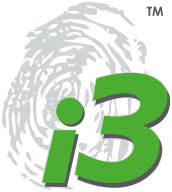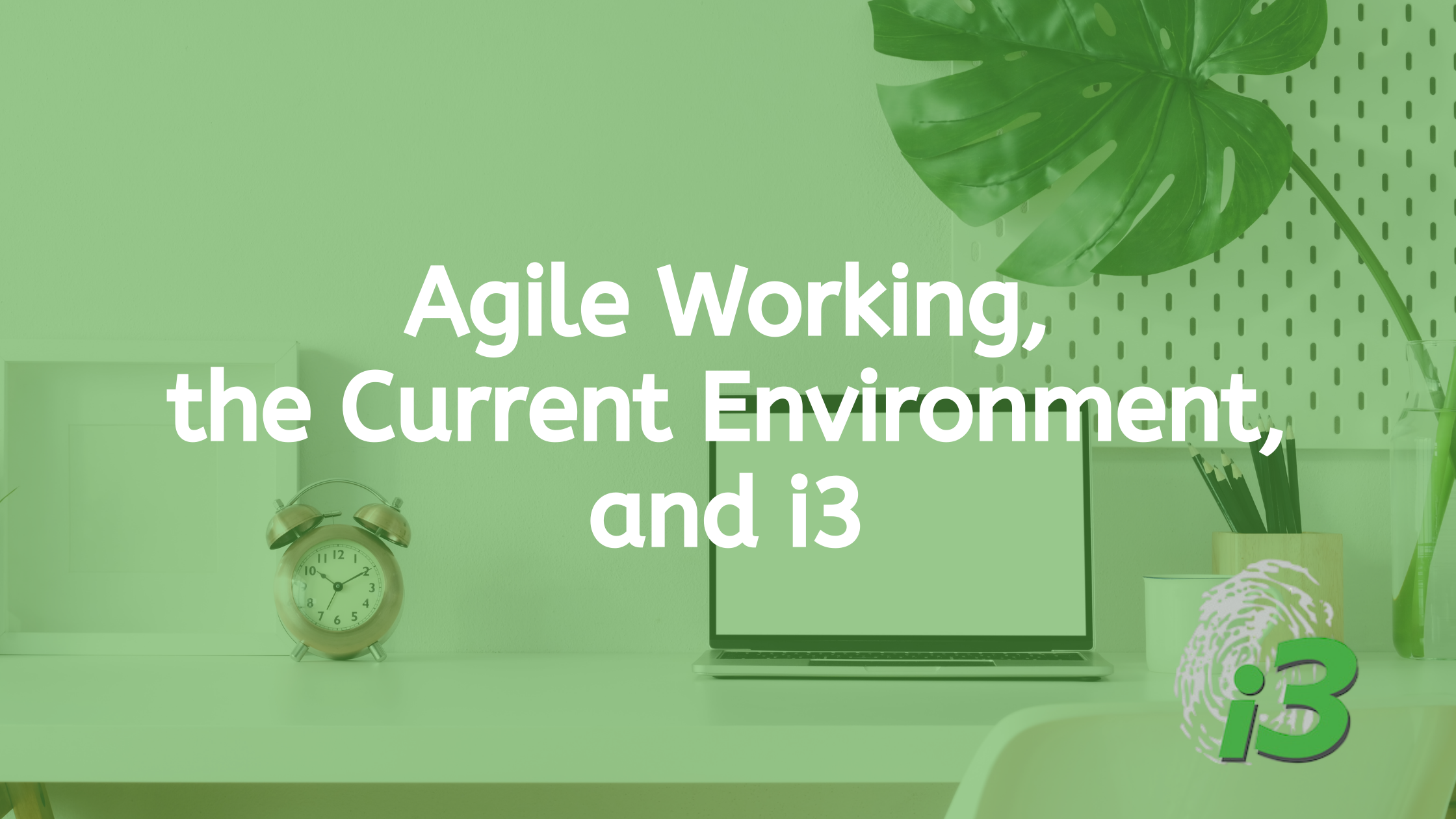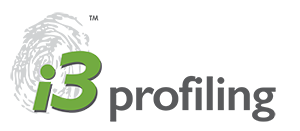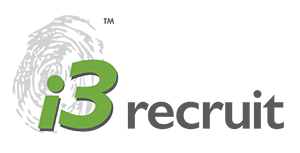The current environment, Agile Working, and how i3 can assist
The reality faced by organisations and business leaders today looks a lot different to this time last year when it comes to working spaces. With the ever-lingering threat of coronavirus, adaptations and transitions to a more agile workforce, workplace, and workflow is required.
In this article, we’ll look at what this means for businesses and HR leaders as well as what part i3 profiling can play in the facilitating a “new normal”
What is AGILE WORKING?
Not to be confused with “flexible working” – which the UK Government defines as “a way of working that suits an employee’s needs e.g. having flexible start/finish time, or working from home” – agile working is a way of working in which an organisation empowers employees to work where, when and how they choose – with maximum flexibility and minimum constraints – with the aim of optimising performance and productivity. With agile working, the fous is on work as an activity rather than a place.
Agile Working in the Current Environment
Due to the pandemic, more and more organisations have been forced to move to agile working; allowing employees to work from home and utilising technology to facilitate communication. Given the immediacy with which organisations had to move to remote/at home working, employees had to adapt fast, and it appears that in the majority of cases it has been a success.
Many have come to the realisation that this new way of working may be the permanent way of working for the future.
Smallbusiness.co.uk predicts that 70% of organisations will adopt a more flexible approach to working by the end of 2020 and lists the benefits of agile working as:
- Improved quality of working relationships, both internal and client-facing
- Reduced costs
- Increased productivity
- Talent acquisition and retention
What to consider when moving to agile working
Moving to agile – or even flexible – working is not as simple as handing an employee a company laptop, ensuring they have the correct ergonomic set up, and expecting them to replicate the workplace environment by deciding when or where the work is done. There are further considerations, such as productive working environments
There are a plethora of articles online explaining how you can stay productive whilst working from home. These suggestions range from ensuring you get dressed and have a designated workspace to avoiding distractions and setting boundaries.
Whilst some suggestions are pretty straight forward – getting dressed, designating a workspace etc – some aren’t as easy. Setting boundaries and avoiding distractions conjures up visions of being locked away from everybody else. But what if you don’t work well like that? Maybe working in solitude with a schedule isn’t your most productive environment.
PRODUCTIVE ENVIRONMENTS & REMOTE WORKING
Our i3 profiling tool identifies the working environment in which you work best.
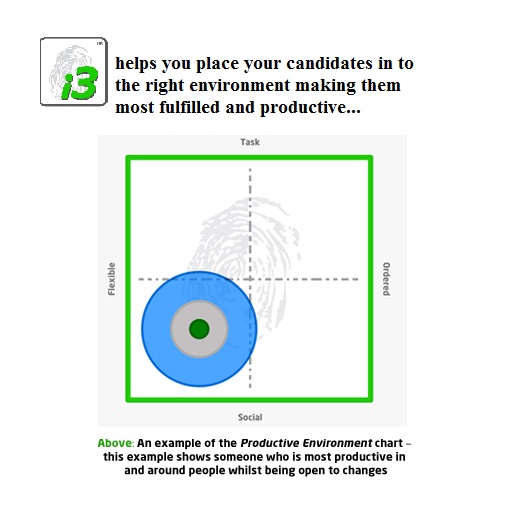 Productive environment is all about the “space” in which you are most comfortable working – how your surroundings affect your productivity.
Productive environment is all about the “space” in which you are most comfortable working – how your surroundings affect your productivity.
If you imagine your environment as a target – the bullseye is your preferred area of performance, the outer ring your area of comfort; anything wider is moving towards an uncomfortable working environment. Spend too much time outside your comfort zone and you risk burnout and reduced productivity.
An i3 profile assessment will reveal a person’s ideal working environment by taking into account individual instinctive indicators. Combined, the indicators will reveal whether the preferred working environment is one of four quadrants:
- Task flexible
- Task ordered
- Social flexible
- Social ordered
TASK FLEXIBLE
If you are in the task flexible quadrant, you prefer tasks that require a degree of flexibility; working with minimal instruction, working things out as you go. You require a goal to work towards but are able to adapt to a variety of different tasks in a variety of different areas.
Task flexible people are probably most likely to thrive working outside of a traditional workspace, as long as they have a clear idea of what needs doing and are allowed to get on with it without too many interruptions or micromanagement. Grab your to-do list on a Monday and report in on Friday.
TASK ORDERED
This quadrant represents people who achieve great satisfaction out of task completion. They are comfortable working alone (or in small groups) but require clear and precise instructions, following a set plan of action.
Again, these people in this quadrant will manage remote working quite well as long as they aren’t too distracted and clear instructions have been given at the outset.
SOCIAL FLEXIBLE
Generally, people placed in the “social flexible” quadrant enjoy talking. Spontaneity and unscheduled events do not phase people in this quadrant. Freedom, variety and flexibility are hallmarks of their objectives.
When it comes to agile and flexible working, people identified as “social flexible” may find it hard as it is essential that they interact with other people during their working day. Regular check ins with employees who are identified as fitting in this quadrant will be required to ensure they fulfill their productive capacity.
SOCIAL ORDERED
These people like to work with others around them but are generally more quiet and conservative than their “social flexible” counterparts. Their preference is to work with and around people they know as well as in places they are familiar with.
Remote working may be difficult for people from this quadrant as the environment is totally unfamiliar. They may require a workspace set up to mirror their usual workspace as well as regular check ins and directions from their regular line managers.
Final thoughts on Agile Working and How i3 Profiling can be of use.
Whilst in the short term, COVID19 has proved just how agile we all can be in a time of crisis or when forced to be, there isn’t yet data to show how productive this time has been. In reality the economy and many markets dropped off drastically so is it the case that whilst people may have worked from home, there maybe wasn’t as much to be done?
Our productive environment assessments demonstrate that it’s not as easy as just asking your employees to set up a workspace at home and “get on with it”. As a line manager or HR department, you will need to take into account their working preferences, individual instinctive indicators, and productiv eenvironment in order to maintain high levels of productivity.
The true test of a company’s (and employee’s) ability to deliver results with a more agile workforce will be when business returns to pre-Covid levels. It will also depend on the sector or marketplace you work in.
For example, in a more relational industry (like retail/sales/service) it is likely that some agile working may become slightly more common but the majority of the time will be spent working together in a dedicated space again.
Additionally, so much of a business’s culture is built on people working together in the same place that it may be impossible to replicate with 100% working from home. Therefore moving forward, it will be more about how to create the right balance or blend (more agile) in future. This is obviously where i3 profiling – and in particular the identification of a person’s productive environment – comes into its own
How i3 can help you implement agile working in your organization.
Recommended i3 tool: Team Dynamix
The i3 dynamix session has been specifically designed for groups of people embarking on the i3 journey together. i3 team feedback is given – with every team member’s individual report summarised into a group format and delivered as a thought-provoking workshop. These workshops are usually 3 – 4 hours in length and the following could be covered:
- Re-cap on what i3 feedback represents, including bespoke feedback that takes actual team member’s profiles into consideration.
- Team indicator profile – an average i3 profile reflecting results for all the team members
- Team productive environment (PE) – plots each team member on the PE graph to highlight whether or not people are being pushed too far outside of their comfort zone and thus becoming less productive.
- Multiple activities to get the team interacting and exercising their newly exposed levels of social awareness.
- Set actions to ensure new findings are not wasted.
Not sure where to start? Get in touch with your nearest i3 REAL Associate to discuss your options, not just for employees but for yourself, your teams and/or your potential employees.

